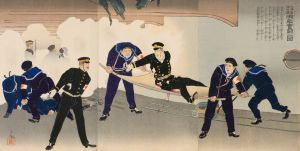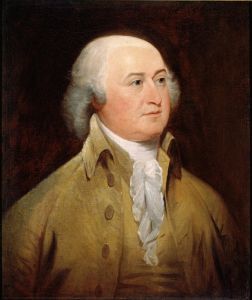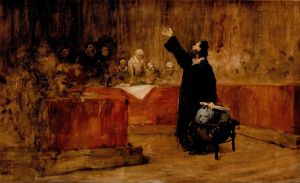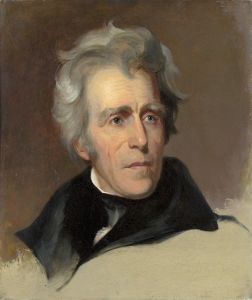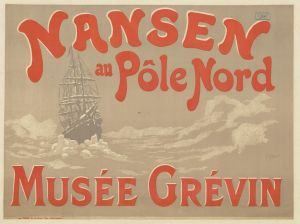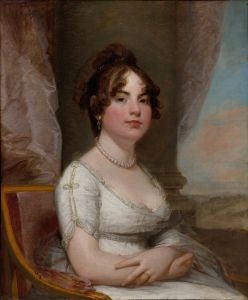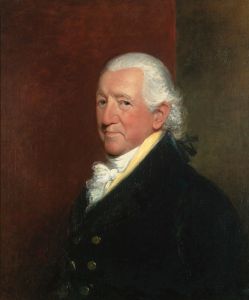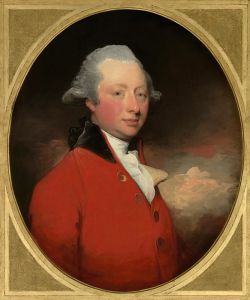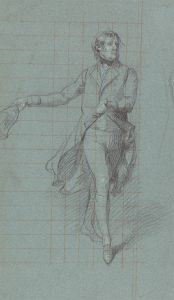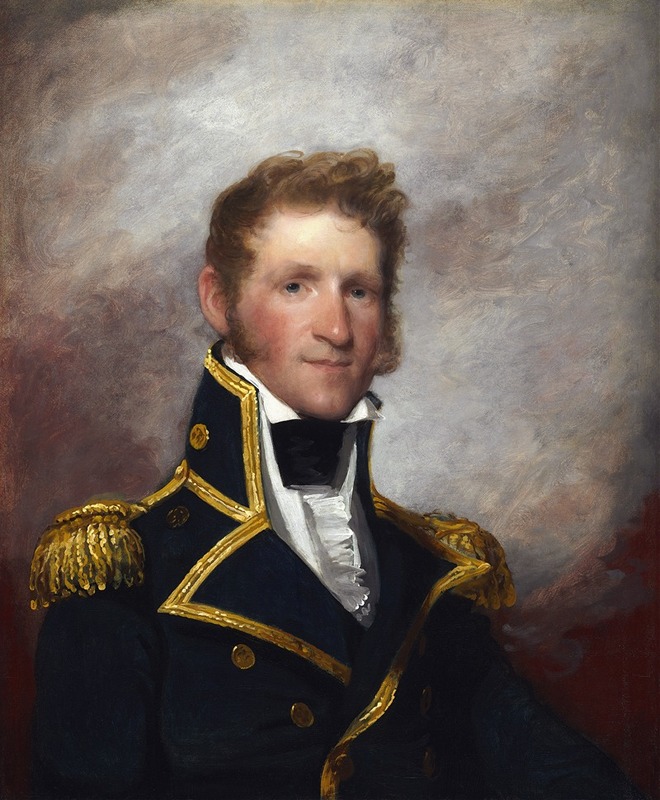
Commodore Thomas Macdonough
A hand-painted replica of Gilbert Stuart’s masterpiece Commodore Thomas Macdonough, meticulously crafted by professional artists to capture the true essence of the original. Each piece is created with museum-quality canvas and rare mineral pigments, carefully painted by experienced artists with delicate brushstrokes and rich, layered colors to perfectly recreate the texture of the original artwork. Unlike machine-printed reproductions, this hand-painted version brings the painting to life, infused with the artist’s emotions and skill in every stroke. Whether for personal collection or home decoration, it instantly elevates the artistic atmosphere of any space.
Gilbert Stuart, an eminent American portraitist, is renowned for his depictions of prominent figures in early American history. One of his notable works is the portrait of Commodore Thomas Macdonough, a distinguished officer in the United States Navy. This portrait captures Macdonough, who is best remembered for his pivotal role in the War of 1812, particularly during the Battle of Plattsburgh on Lake Champlain.
Thomas Macdonough was born on December 31, 1783, in The Trap, Delaware. He entered the Navy as a midshipman in 1800 and quickly rose through the ranks due to his skill and leadership. His most significant contribution came during the War of 1812, a conflict between the United States and the British Empire. The Battle of Plattsburgh, fought on September 11, 1814, was a decisive naval engagement that thwarted a British invasion from Canada. Macdonough's strategic acumen and leadership were instrumental in securing an American victory, which had far-reaching implications for the peace negotiations that followed.
Gilbert Stuart, born in 1755 in Rhode Island, was one of the foremost portraitists of his time. He is best known for his portraits of George Washington, including the unfinished "Athenaeum Portrait," which has been widely reproduced and is featured on the United States one-dollar bill. Stuart's ability to capture the likeness and character of his subjects made him highly sought after by many of the leading figures of his day.
The portrait of Commodore Thomas Macdonough by Gilbert Stuart is a testament to Stuart's skill in capturing the essence of his subjects. While specific details about the commission and execution of this particular portrait are not extensively documented, it is known that Stuart's portraits were often commissioned by the subjects themselves or by their families, eager to commemorate their achievements and status.
In this portrait, Stuart likely employed his characteristic style, which involved a keen attention to detail and a focus on the facial expressions of his subjects. This approach not only provided a realistic depiction but also conveyed the personality and stature of the individual. Macdonough, as a naval hero, would have been portrayed with the dignity and respect befitting his contributions to the nation.
Stuart's portraits were typically executed in oil on canvas, a medium that allowed for rich color and fine detail. His technique involved building up layers of paint to achieve depth and realism, a method that was well-suited to capturing the complexions and textures of his subjects' faces and attire.
The portrait of Commodore Thomas Macdonough serves as a historical artifact, offering insight into both the individual it depicts and the broader context of early 19th-century America. It reflects the era's appreciation for military heroes and the role of portraiture in celebrating national achievements. Through Stuart's artistry, the legacy of figures like Macdonough has been preserved, allowing future generations to appreciate their contributions to American history.
In summary, the portrait of Commodore Thomas Macdonough by Gilbert Stuart is a significant work that highlights the intersection of art and history. It not only commemorates the achievements of a key figure in American naval history but also exemplifies the skill and artistry of one of the nation's most celebrated portrait painters.





